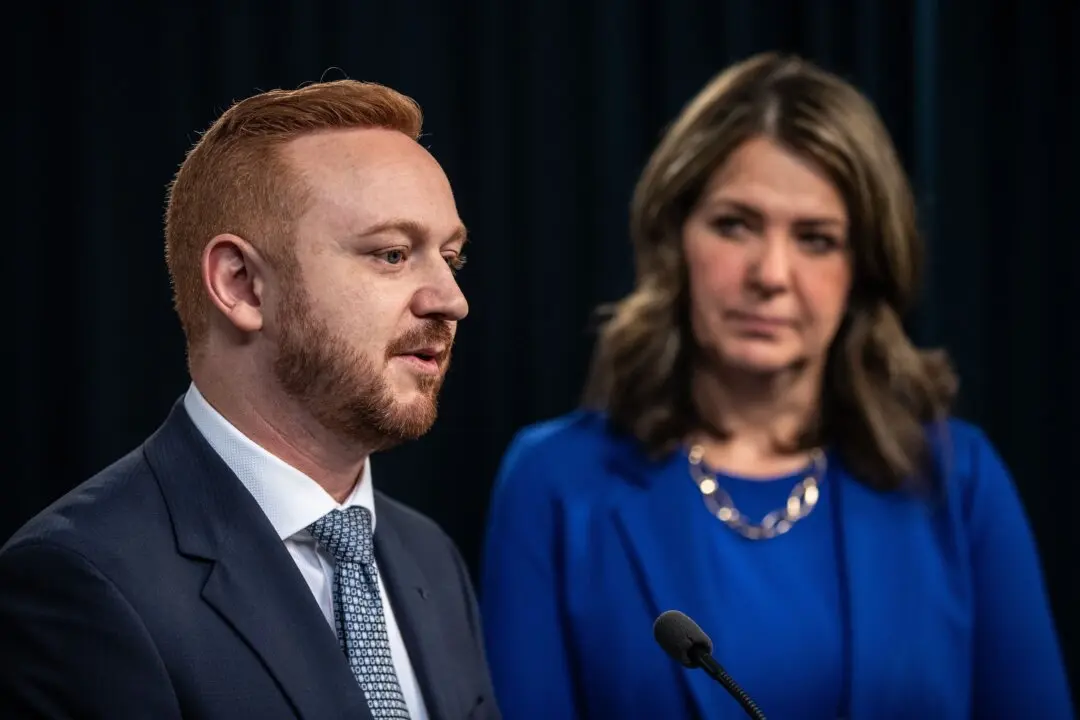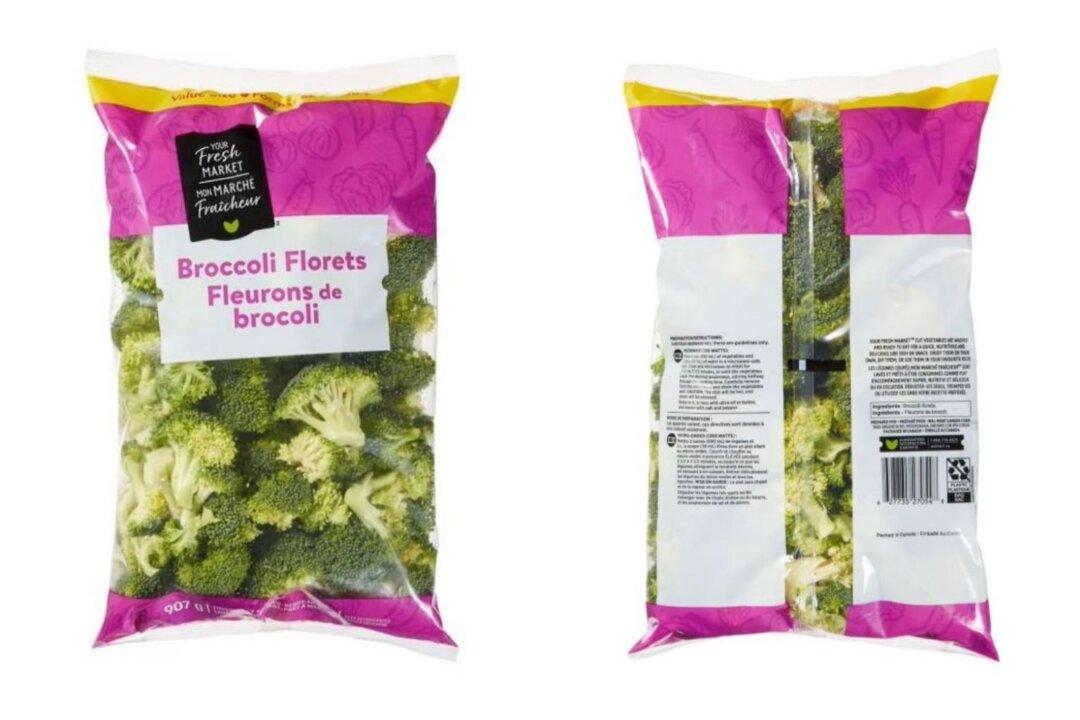Toronto Mayor John Tory said he is not ruling out adding more public health restrictions in attempts to curb the spread of COVID-19 in the city.
“I can’t say that we are not going to be looking at it. It is our responsibility to look at it because our numbers have been not good as well. The trend line has been in the wrong direction,” Tory told CP24 on Monday.





